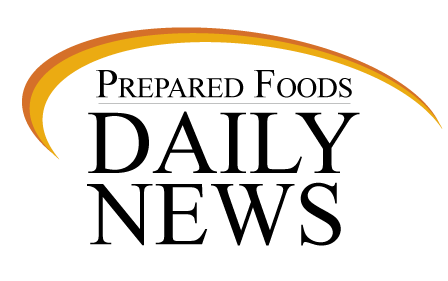"At nearly 23% of CPG unit sales across retail channels today, private label products certainly have momentum and command a sizeable share of consumers' CPG spending," says John McIndoe, senior vice president, Marketing, SymphonyIRI. "However, this momentum is not demonstrated equally across channels, retailers, departments or categories. This means there is room for private label and national brand manufacturers to capitalize on opportunities. The key for both camps is to center their efforts on the shopper. Those that effectively identify and deliver against critical shopper needs will win share of wallet and shopper loyalty."
Share Trend
While retailers across channels are working to strengthen their private label programs, performance at the channel level varies rather markedly. Today, private label share is largest within the grocery channel, but, within the grocery channel, private label share of sales slid 0.6 points during the past year. Within the drug channel, private label share of sales fell sharply during the past year. Some of these declines occurred in health-related categories, with share of vitamins and internal analgesics falling by 3.2 points and 4.4 points, respectively. Sizeable drops also occurred in the beauty department in the drug channel. In this channel, for instance, private label share fell more than 5 points in both soap and blades categories. These declines are noteworthy because they occurred in departments that are generally strongholds for drug retailers.
"Both manufacturers and retailers know that private label is not a panacea," said Susan Viamari, editor, Times & Trends, SymphonyIRI. "Private label products remain, on average, 29% lower priced than national brands. Remove that price advantage and dollar and unit sales could plummet. In fact, the shrinking private label price gap very likely contributed to some of the private label share losses experienced during the past year. Going forward, private label products are subject to the same commodity price increase pressures as national brands, so establishing and maintaining effective pricing and promotion strategies should be top of mind for every CPG marketer in the marketplace today."
Category Opportunities
Private label has an above average and growing presence in 30 of the top 100 CPG categories. The most sizeable private label share increase came in the refrigerated salad/coleslaw category, which has jumped more than 20 points during the past three years. Private label offerings of gastrointestinal tablets, cold/allergy/sinus tablets, internal analgesics and pastry/doughnuts are also doing well.
National brands are entrenched in 22% of the top 100 CPG categories. Cat/dog litter, diapers, cat food, eye/contact lens care and single-serve dinners are categories where national brands hold above average share of spending and are successfully winning even more share. In six of the top 100 CPG categories, private label share is above average, but national brands are winning share of spending. The pasta category is one example of a category where national brands are taking such a stand. This category is seeing the largest decline in private label share thanks in part to innovation, such as whole grains and added nutrients that has brought some level of differentiation to the category. Frozen seafood, pickles/relish/olives and moist towelletes are also seeing national brands driving private label spending down.
Strategies
Per the report, manufacturers seeking to develop effective private label mitigation strategies should consider the following action items:
-- Identify and assess brand-specific opportunities and risks with respect to private label: Monitor price gaps between their brands and private label alternatives to ensure an optimal price gap is maintained; understand private label performance across key categories; leverage value-oriented pricing and promotion programs to protect and grow share.
-- Refine competitive strategies vis-a-vis private label: Maintain solid understanding of price/value perceptions across key consumer segments; invest in innovation that will bring differentiation to the marketplace.
-- Measure and monitor actual versus planned impact of brand related initiatives: Test new product concepts before embarking on development plans; track and benchmark store-level shifts relative to private label among key retail partners.
From the October 6, 2011, Prepared Foods' Daily News.



